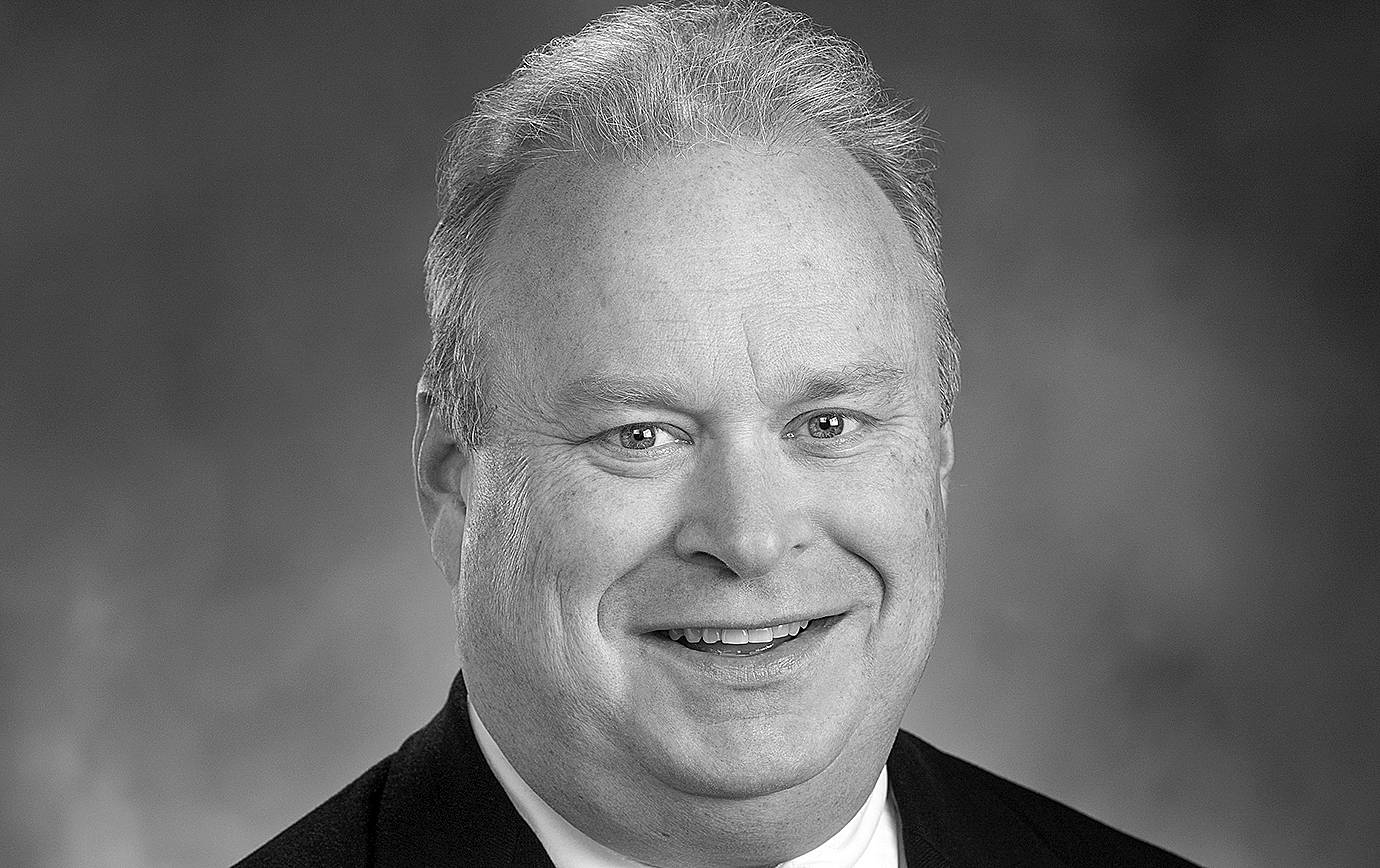Incumbent Jim Walsh is running for re-election for Representative of the 19th District. The Daily World sent the following questions to all of the candidates for state representative. Here’s Walsh’s response.
Please briefly describe your professional or personal qualifications for the job:
Fearless advocacy for the people of Legislative District 19. The ability — and willingness — to negotiate aggressively and from strength. Clarity of purpose.
Your occupation: State Legislator. Owner, Silver Lake Publishing.
Some rural school districts say the funding mechanism that provided money for teacher raises will leave less money for districts to pay for the same programs they have had in the past. What, if anything, should the Legislature do about that?
Eliminate and replace the “prototypical school” funding model for distributing state money to local school districts. A distribution model based more simply (and transparently) on a per capita/per student basis would work better for most rural and smaller school districts. There would still need to be some additional allowances made for special education programs and other items, but generally that would be a better distribution model.
If we’re not able to end the “prototypical school” model, we need to reform — perhaps eliminate — some of the sub-formulas that work within that system. Particularly, the “regionalization” sub-formula that adjusts school district distributions based on local costs-of-living and the “staff mix”/seniority sub-formula that adjusts distributions based on the experience of teacher/certified staff at various school districts.
Stepping back from the details of how we spend state money on schools, I’ll say more generally that we’ve left too many decisions up to the Office of the Superintendent of Public Instruction. We, the Legislature, need to give clearer and more specific instruction to OSPI on how state money should be distributed.
Homelessness has become a universal problem and solutions seem beyond local communities. What should the state do to address homelessness?
Reform the Growth Management Act (GMA) and related Shoreline Management Act (SMA) to return permitting and rulemaking authority to local — most often, county — jurisdiction. State agencies have gotten too involved in permitting decisions. This will loosen up legal and economic restrictions on development, which will in turn add housing inventory to local communities.
Aside from increasing available housing stock, the next step in addressing homelessness is to clarify and rationalize how we care for mentally ill people. We need to continue our move toward a decentralized, locally based community mental health care strategy and away from the centralized approach that has been preferred over the last few decades. As part of this reform, we need to strengthen the legal tools available to family members to act as agents for their mentally ill kin. Too often, family members are powerless to act in the best interest of their loved ones who are not well.
Rural communities struggle with a shortage of doctors. What can the state do to narrow the gap between rural and urban-area health care?
This hard reality should come as no surprise to anyone who read the Affordable Care Act. A stated policy goal of that federal law was to concentrate medical care and services into regional, usually urban, population centers.
The state can’t reform the ACA. But we can ask the federal government for waivers from certain elements of it, and we might be able to reform the state’s Health Care Authority to act in a fairer — that is, more even — way in selling coverages. And in managing/directing Medicaid reimbursements.
Big picture: Our efforts to assure “access” to medical care and services have backfired, muddying necessary pricing signals for what medical care should cost. The result is worse access, spotty coverage and a shortage of doctors. The long-term fix to these problems is clear pricing signals.


